Watch straps, the ubiquitous “accessory” to a wristwatch that has the almost god-like ability to completely change a person’s feeling about said timepiece. It is as if the soul of a wristwatch lies as much in the strap as it does in the mechanics; the strap is the single most functional component on a wristwatch that you interact with.
Straps: more than just an accessory
Rubber, wings, a shutter, and a watch strap are all intimately related.
“How,” you ask?
They are all “function critical” components for specific machines.
A car can have an absolute engineering marvel of an engine, the most sensitive and responsive suspension ever, and a slew of cutting-edge electronics governing all aspects of performance. But that car is going absolutely nowhere − ever − without a set of rubber tires. The tires are the most functional aspect of a car because it is the same across all platforms: the tires allow the car to get from point A to point B.
The same goes for the wings of an airplane. No matter what style of plane, some sort of wing to create lift is required. Almost every other component can be a variety of designs or concepts, but a wing needs to be a wing if liftoff is desired.
Cameras follow too. The most basic camera in the world, a pinhole camera, only needs one moving component, and that is a shutter slide. Without the ability to open and then shut a hole that allows light (or other electro-magnetic radiation) to hit the light-sensitive media, no camera would ever work.
Now it could be argued that in these examples there are many “function critical” components, and even my stated components can be worked around. But as soon as you do this, it simply creates the need for a different “function critical” component.
In many machines, there is always one, or yes, maybe a few, components without which the machine becomes something fundamentally different.
And so it goes in a wristwatch. You might have noticed that I do not say “watch” and instead say “wristwatch.” This is entirely deliberate as a pocket watch and a wristwatch are two different machines. They share a large amount of components and are definitely related, but one “function critical” component sets them apart.
You can see where I am going with this: it’s the watch strap.
Straps: function critical component
A watch strap is the component that actually makes a watch into a wristwatch. Without this strap (and I am including bracelets in this word) you simply have a miniature pocket watch or clock. If you mounted the watch into a case and hung it from your car dashboard, you would have a dash clock. And if you set it on your desk, then it would be a very small desk clock.
The watch strap is what makes a watch or a clock into a wristwatch. The critical function is to enable a watch to be held to your wrist, securely, so that the time can be discovered at a moment’s notice. It is for this reason that a strap is more than just an accessory to a wristwatch, it is the reason it exists in the first place.
Many things about wristwatches have been designed and developed specifically for the application of a wrist-mounted machine. Any and all of these functions or components rely on the ability of a strap or bracelet to do its job perfectly.
If the strap or bracelet fails, even one time, then the wristwatch is most likely long gone or permanently damaged due to it becoming “unsecured during transit.”
Of course, that would also mean that all of the fancy features of some wristwatches – the screw-down crown, the unidirectional bezel, the chronograph pushers, or the repeater slides – are entirely useless the moment you can’t keep your wristwatch on your wrist.
It isn’t hard to see that straps and bracelets are “function critical” components.
More than just a strip of material
For this reason, there has actually been a large amount of thought, design, engineering, and problem-solving when it comes to the way the watch is kept on your wrist. The first and foremost example is the NATO strap, otherwise known as a G10.
Originally designed as a failsafe, waterproof, nylon watch strap for the military, the G10 was the first concept strap that could be applied to any wristwatch to make a more secure and “elements-proof” strap. The double keeper setup allows for a failure of one of the spring bars without the possibility of losing your wristwatch.
Smart.
The invention of screw bars, solid link bracelets, and double-locking clasps eventually led to the most recent modern style: the deployant. This is usually featured on a leather strap to provide a classic look while maintaining the security afforded by the permanently attached deployant clasp found on bracelets.
Metal bracelet technology has been varied over the decades, but many designs have focused on added security and durability. Just look to the original (and updated modern versions) of the Rolex oyster bracelet for a sturdy example.
For even more options, one could look to Bovet for a quick-release, stud-based strap connection: the Bovet Fleurier Amadeo models feature a strap with extending studs that are captured by a catch inside the case. Linde Werdelin boasts a variation of that featuring a screwed stud design, based again on a strap with extruding studs that are slid into place and screwed down with two screws.
Straps: the most functional component (and I mean it)
Now that you see why and how the watch strap is critical to the intended use of a wristwatch, I would like to address my possibly divisive statement that a strap is the single most functional component that you interact with on a wristwatch.
This really is a bit of a semantic argument, but it is true in every case (now that one was an accident). The reason is frequency of use.
There is not a single component you interact with more than the strap. The crown or chronograph pushers? Nah, you only need those when you adjust the time or use the chronograph, which might not be every day or even only every so often. But if you want to put your wristwatch on every day, the one thing that you will interact with every single time without fail is the strap or bracelet.
The first and last thing you touch every day on your watch is the only component that you can’t break and still claim to have a wristwatch. With other components you might not have a working wristwatch, but without a strong and fully supporting strap to attach a timepiece to your wrist, all you have is a desk clock.
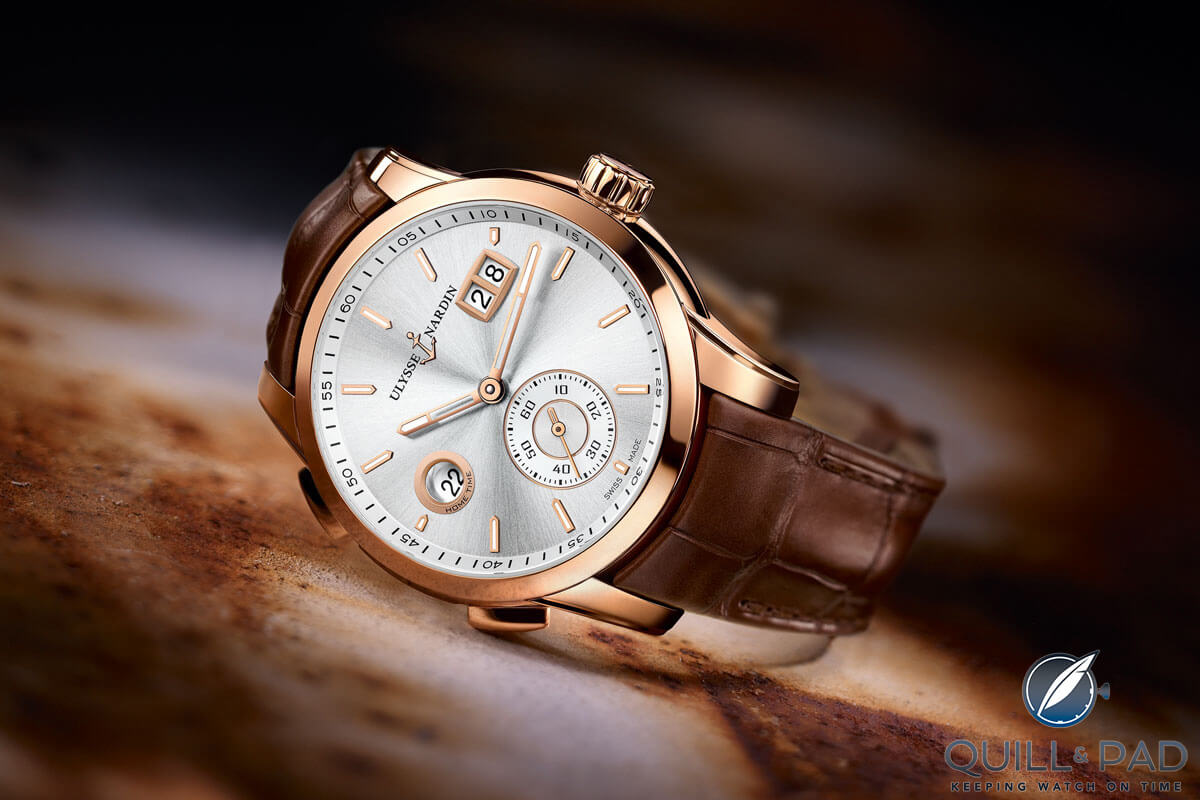
The brown leather strap perfectly complements the warmth of the red gold case of this Ulysse Nardin Dual Time
And yet
The watchstrap can also be an accessory if you want it to, but it is not the only job. In fact, seeing it as an accessory only occurred in the last few years – to a level, anyway, in which the strap is relegated to a choice of style or feeling, not just practicality.
Now with its rise in popularity, NATO straps are available in thousands of patterns and colors and in many different materials. That means that while the NATO strap is one of the most practical (and straightforward) straps on the market, enthusiasts are using them for watches that never will take a beating or come even remotely closely to getting wet.
So, something that has true purpose and intention is now being co-opted by fashion designers and the popular culture.
While I love the upswing in watch interest because of this, I do find myself shaking my head as people forget about an element that is really doing a lot of work – and element that you have to have trust in almost more so than your movement. Like I said before, that trust has to be in your watch strap.
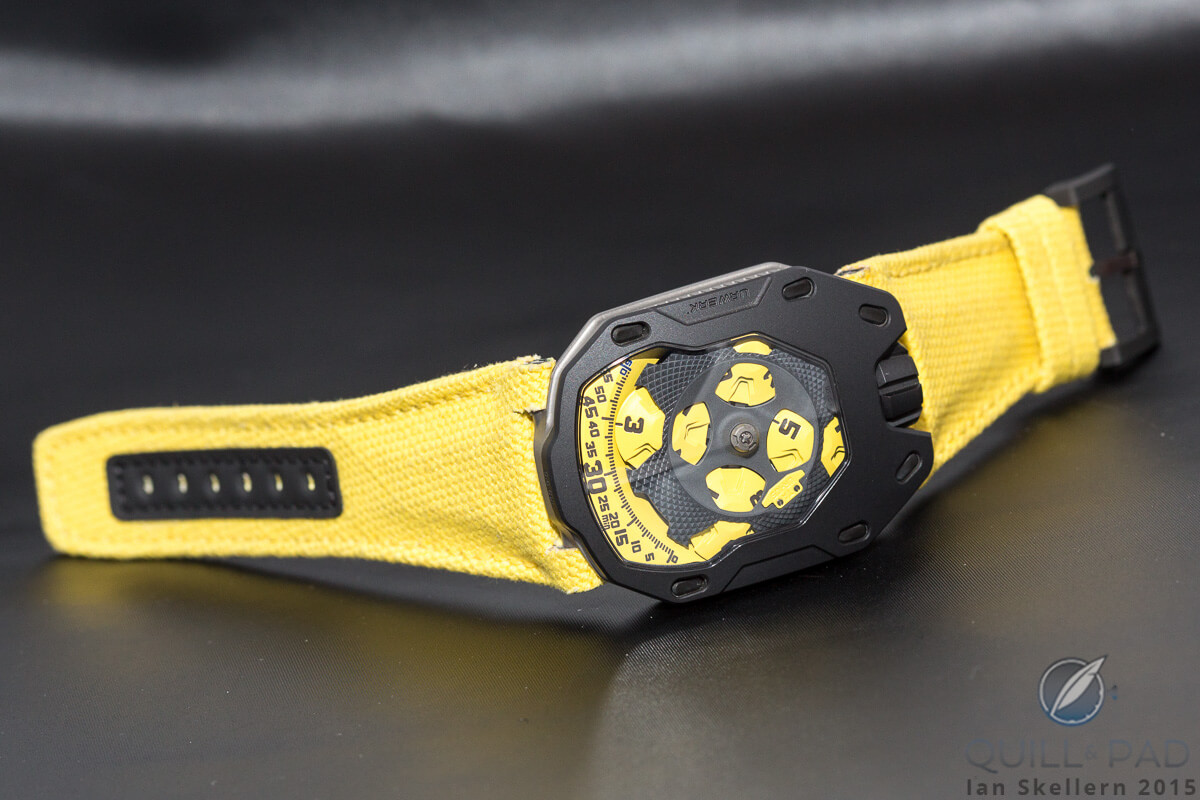
The bright yellow of the satellites and indications of the Urwerk UR-105 continues through to the strap
This is why the watch strap is more than just an accessory; it is part of the soul of the wristwatch.
It does, of course, provide flair (and, yes, that is fun), but it also protects from loss, damage, or simply bad luck.
The watch strap is a “function critical” component, and the only thing you interact with every time you use the wristwatch.
Basically, a strap is the most important part of a wristwatch, because without one, you just have a clock.
For more on just how much work goes into crafting a high-quality leather watch strap, check out parts 1 and 2 of making straps at Hermès by The Watches TV.
* This article was first published on August 30, 2015 at Here’s Why A Watch Strap Is More Than Just An Accessory.
Leave a Reply
Want to join the discussion?Feel free to contribute!





















































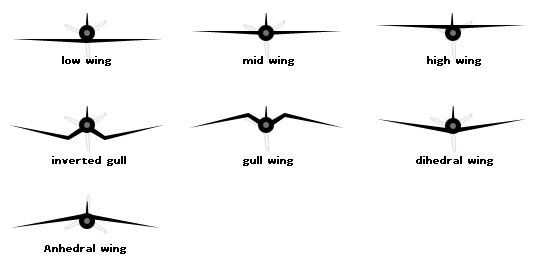
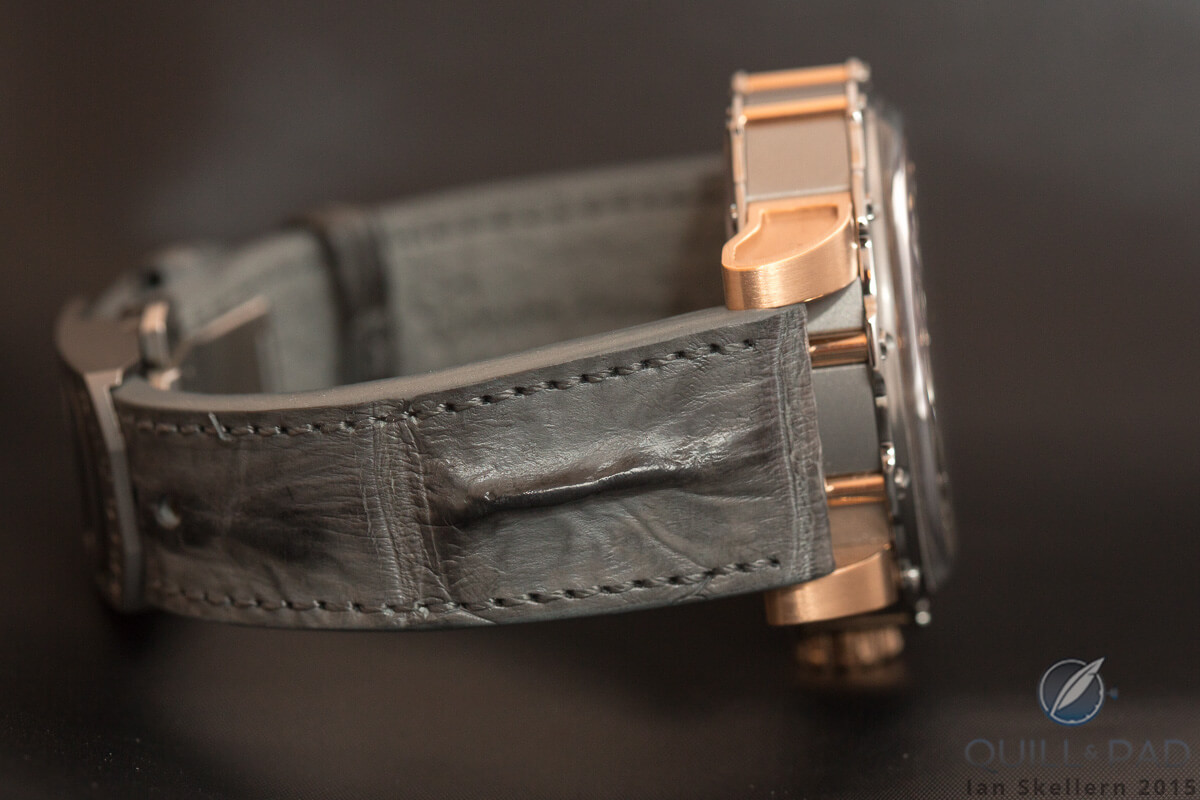
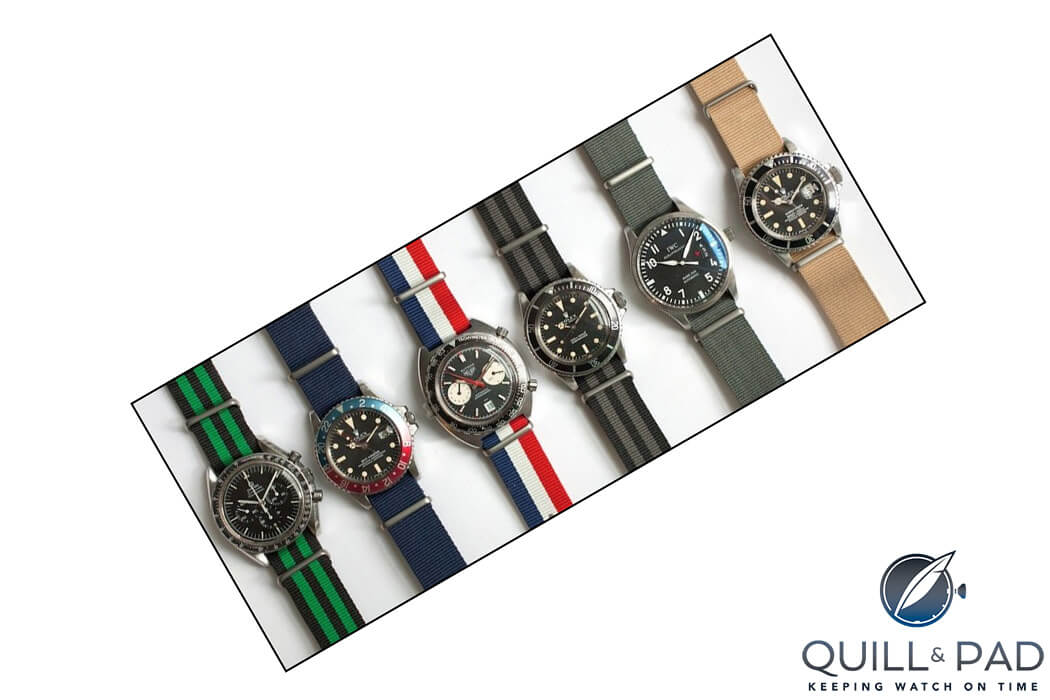
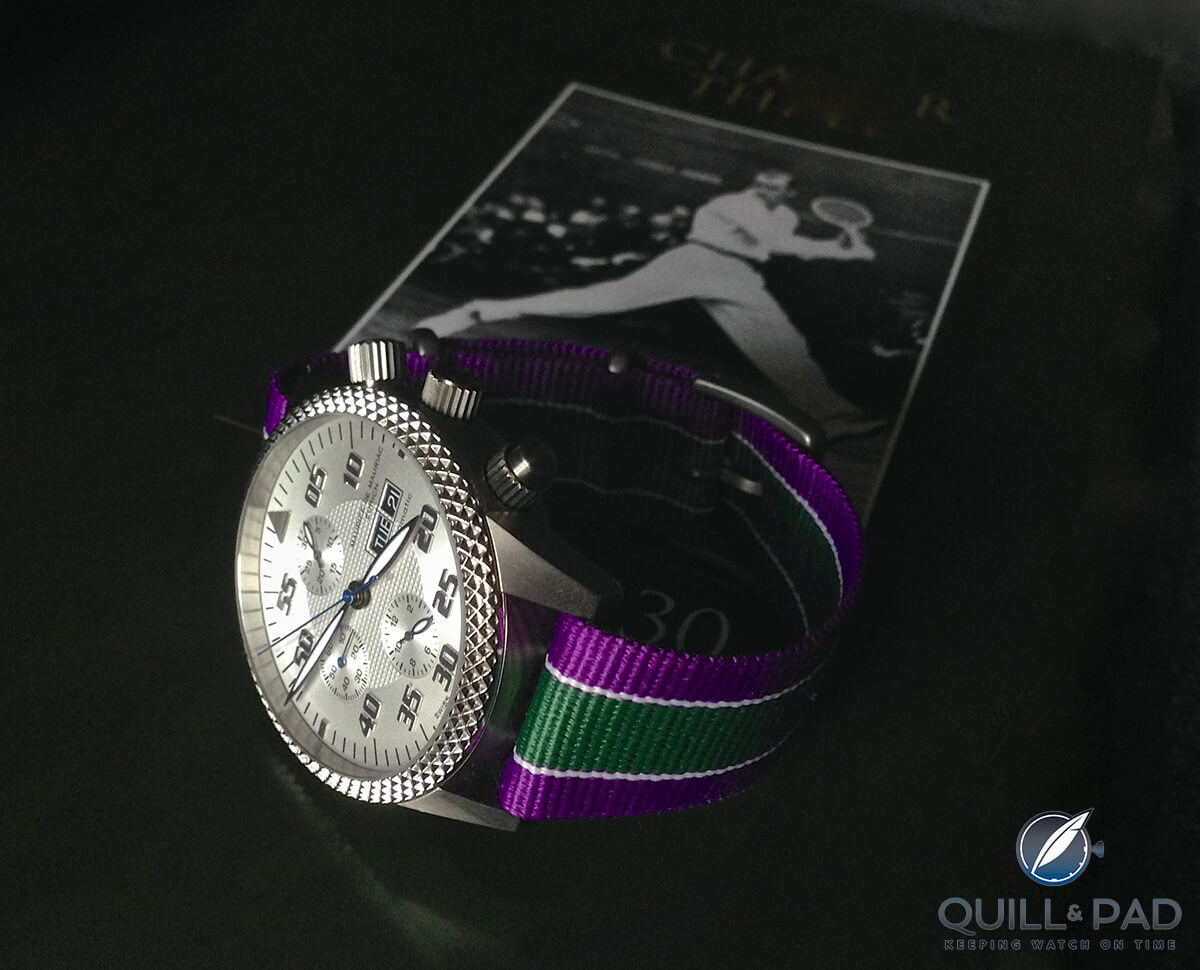
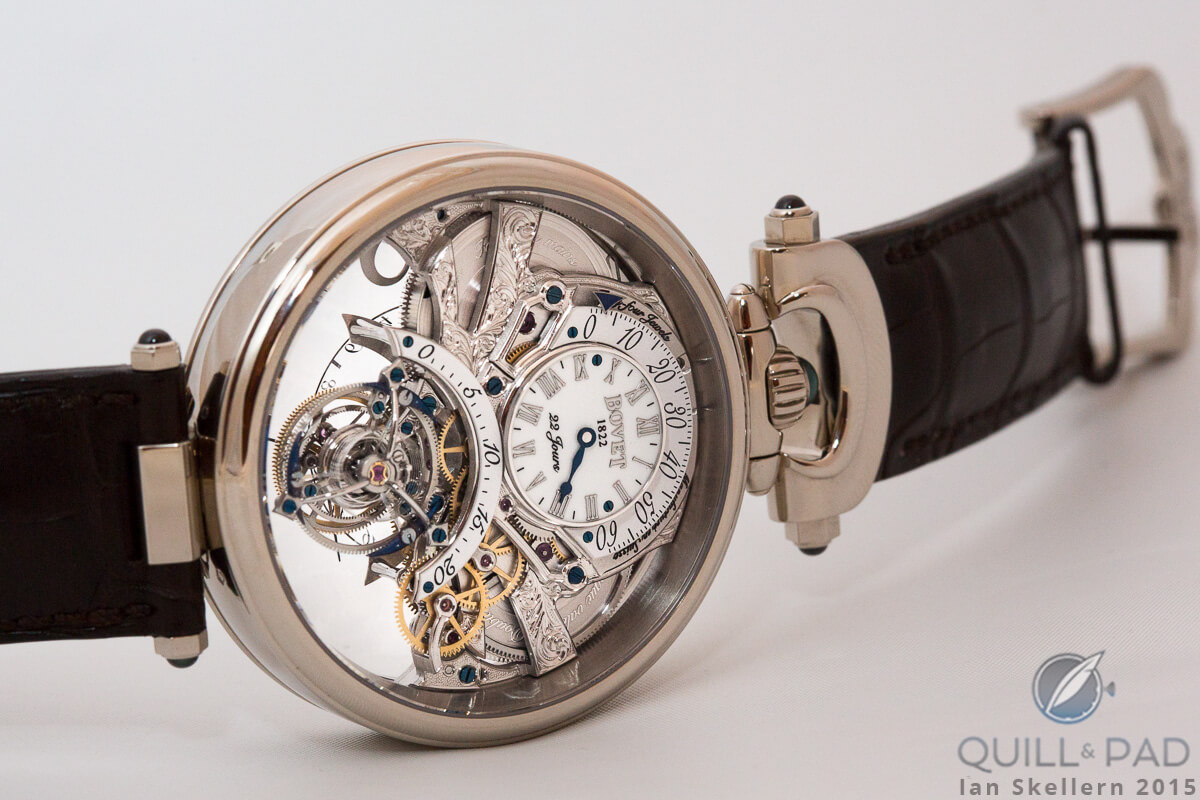
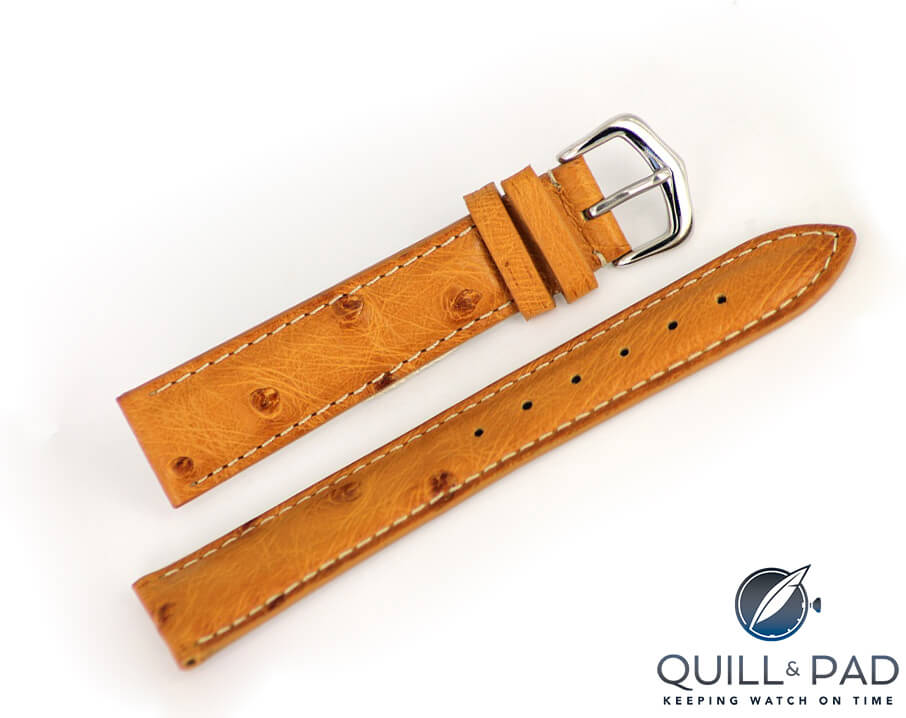
Talking of straps, I’m torn between two watches to complete my current collection (always limit myself to 5 pieces) and both have nice straps by Fagliano and Hermes. One is the JLC Reverso Tribute small seconds blue dial, and the other is the Parmigiani Tonda 1950 lune.
To help picture the spot to fill, I have a Vacheron Overseas blue dial, Breguet Classique 5157 pink gold, Heuer Autavia black dial/white subdials, and a vintage yellow gold Patek Calatrava white(ish) dial – and I reckon that either the JLC or Parmigiani would complement the rest well.
Would appreciate an opinion or two.
Both very beautiful and worthy pieces, but if you’re asking me there’s not much that beats a JLC Reverso. And that piece in particular is a real winner.
Thanks Elizabeth.
Hi Elizabeth,
I agree that the strap is an integral component of the watch overall from an aesthetic and functionality point-of-view. Plus, it enhances the enjoyment of wearing a fine time piece!
However, the one problem I have with watch straps is that the buckle tends to be skewed off-center when the face of the watch sits in the middle of my wrist at the front. I believe this to be the difference in length of the strap components.
So, my question is, “Is there a reason that the lengths are manufactured differently and, therefore, results in the buckle being off-center at the back of the wrist?”
(Perhaps, the short tail-end of the strap can be extended just slightly so that the buckle sits in the middle of the wrist?”)
Thank you for contributing insight into my question.
Cheers,
David
PS: My wrists aren’t hugely over-sized nor tiny!
I have never noticed the phenomenon you have just described. If your wrists are average sized, I must ask how big the watches are that you are wearing . . . perhaps the timepiece is heavy and pulling to one side?
Hi Elizabeth,
I wear a 43 mm Breathing Transocean… so, when the face is centered on top of the wrist (and viewing the timepiece face-on), the buckle is skewed to the left side of my wrist underneath.
(The tail end, or longer piece, of the strap is on the bottom of the wrist and the shorter end is on the top lug.)
Hard to explain but I hope my message is decipherable? 🙂
Cheers,
David
That is a sizable and heavy watch, but I’m sure that’s not it. Are you positive the strap pieces are attached to the correct sides of the watch? I have an extremely small wrist, so I’m very sure my straps are different from everyone else’s (often custom made because of their delicate sizes, but still needing to hold a bigger watch). Perhaps try trading the sides that the strap parts are attached to? Just to see if it helps?
Hi Elizabeth,
Truth be known… I didn’t realize that the strap ends could be mounted on the wrong ends of the watch.
The strap that came with the watch had the strap ends mounted as I described.
But, I will take the watch in and have the watchmaker reverse the them just to see what happens.
Thanks again for the suggestion. 🙂
Cheers,
David
PS: The same situation occurs on my 5054 Patek, which is much smaller than the Breitling.
See if it makes a difference. I have truly never heard of this.
Elizabeth, you’re going to shake your head at me – I bought the Parmigiani. The Reverso was just too purple.
The Hermes strap is nice, to say the least!
Now to save up for that Lange.
That’s a beautiful watch too – congratulations! And, yes, do save up for that Lange!!